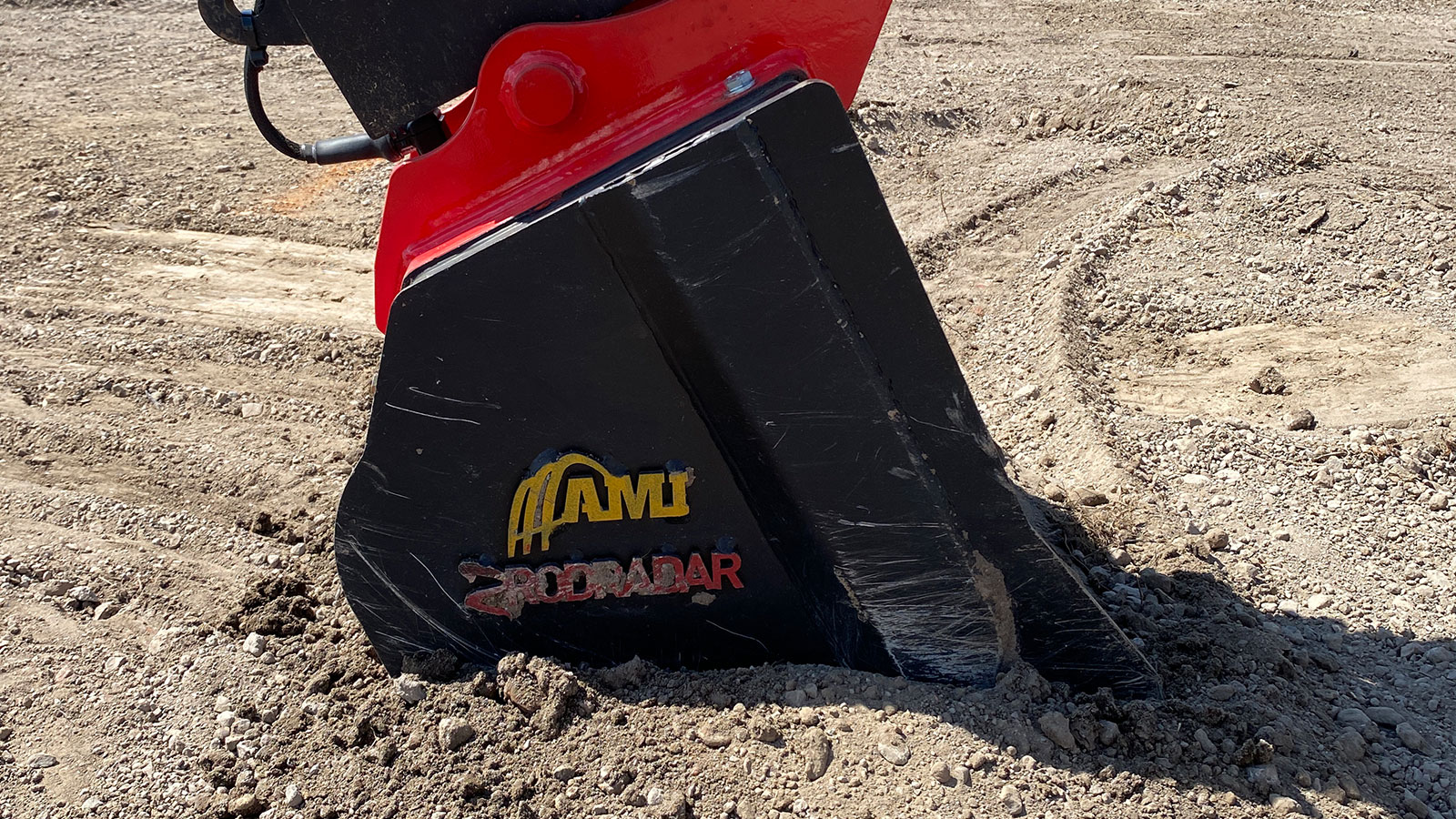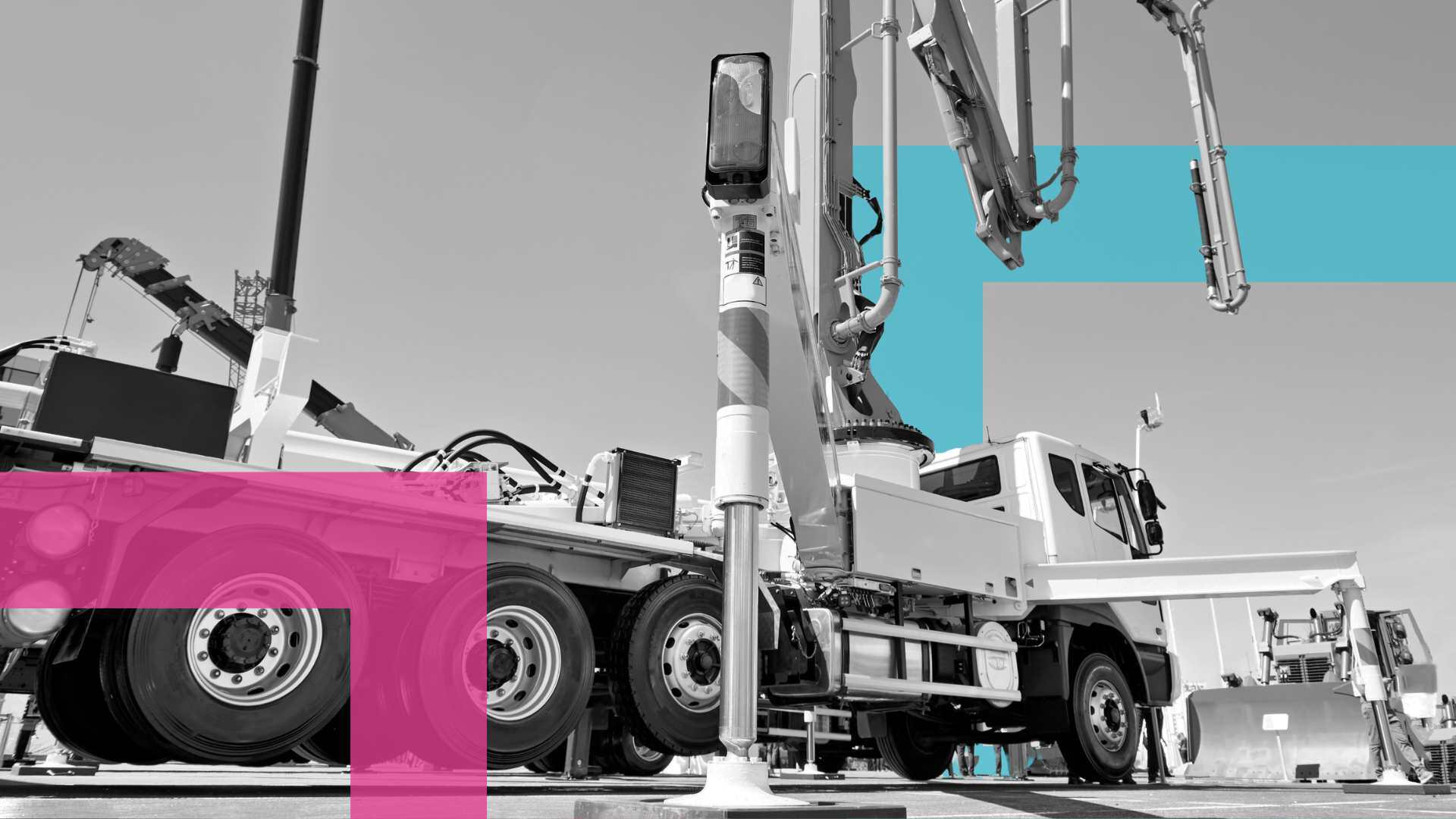Pre Start Plus rebranded to Ideagen Asset Guard
Ideagen Plant Assessor is pleased to announce the rebrand of its flagship pre-start app, Pre Start Plus, to Asset Guard. This rebrand aligns with...
|
|
Machinery Pre Starts
|
|
|
Risk Management &
|
|
|
Document Management
|
|
|
Dashboards & Reporting
|
|
|
Machinery Risk Assessments
|
|
|
Service & Maintenance
|
|
|
Safe Operating Procedures
|
|
|
MySite
|
|
|
View All Features |
Case Studies
Hear from our clients
Events
Find us at industry events
Guides
Find industry-specific guides
Learn
Educational content
News & Articles
Industry news and articles
Safety Legislation
We keep up with safety legislation
so you don't have to
Videos
Find overviews and informative
videos here
Webinars
View upcoming and on-demand webinars
Promotions
See our current promotions
FAQ
All of our frequently asked questions
Help Centre
How to use our software
View a Demo
Let us walk you through Ideagen Plant Assessor features
Release Centre
Product updates and release information
2 min read
![]() Matt Turner
:
March 2023
Matt Turner
:
March 2023

A few of the Plant Assessor team had the privilege of heading out of the office last month to take a look at some very cool, new technology in utility detection, developed by RodRadar. We were even lucky enough to give the technology a test drive on an excavator. Find out all about the RodRadar technology and my thoughts on this new technology.
What is RodRadar and how does the technology work?
RodRadar is an Israel-based company which has developed a radar imaging technology that detects underground utilities. The Live Dig Radar (LDR Excavate) is embedded into the bucket of a machine, which can then scan the earth beneath it. It’s pretty easy to use; you simply drag the bucket over the area you plan to excavate to begin the scan. The radar detects utilities under the surface, such as powerlines, internet cables, gas lines, or pipes, and will provide the user with a real-time, on-site alert that identifies the location and depth of the utility. The data collected by the bucket is sent to the LDR Visualize display unit (tablet computer) which can be placed inside the cab of the machine.
What are the benefits of using RodRadar?
The potential for damaging services, whether they be data, power, water, or gas, is a very real possibility for anyone conducting excavation. Damaging utilities not only represents a safety hazard, but also can lead to very substantial costs to be incurred by anyone who digs them up. Using ground penetrating radar, such as RodRadar, can help to solve that problem.
The difference with RodRadar is that you don’t need to have expertise in interpreting ground penetrating radar images. Having the device fitted to an excavator, and being able to scan immediately prior to digging, puts the operator in much better control when it comes to the identification of, and avoidance of damage to services.
It’s important to note that RodRadar, or other ground penetrating radar technologies, do not displace other methods of risk management that assist in the avoidance of contact with services. This technology does, however, provide a very accurate tool which results in considerably better information than other methods of service identification.
How do I get the RodRadar technology for my machine?
The RodRadar technology is currently being distributed by RodRadar Australia. If you do want to embed RodRadar onto your machines, get in touch with the team, who will be only too happy to help you out.
Disclaimer: This information is intended to provide general information on the subject matter. This is not intended as legal or expert advice for your specific situation. You should seek professional advice before acting or relying on the content of this information.

Ideagen Plant Assessor is pleased to announce the rebrand of its flagship pre-start app, Pre Start Plus, to Asset Guard. This rebrand aligns with...
.png)
Many businesses operating machinery still rely on traditional paper pre start books for daily machinery checks. While these booklets serve their...

A concrete company based in Melbourne has been convicted and fined $30,000 after an incident involving a concrete pump resulted in a worker’s hand...